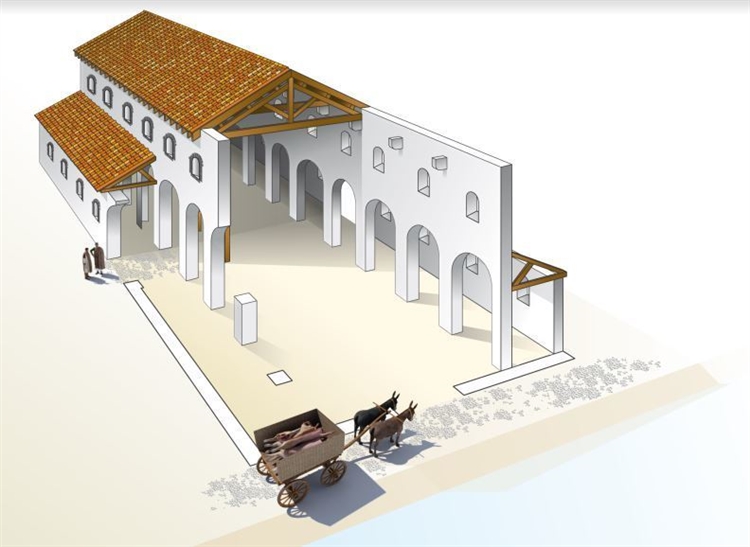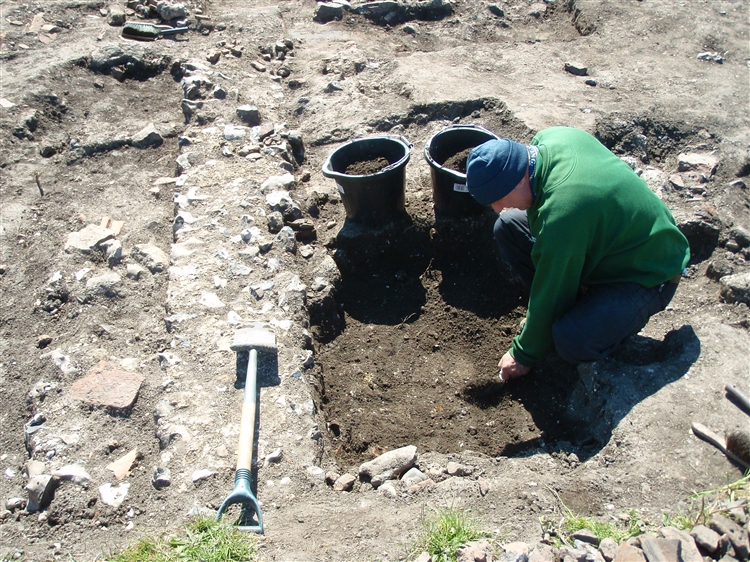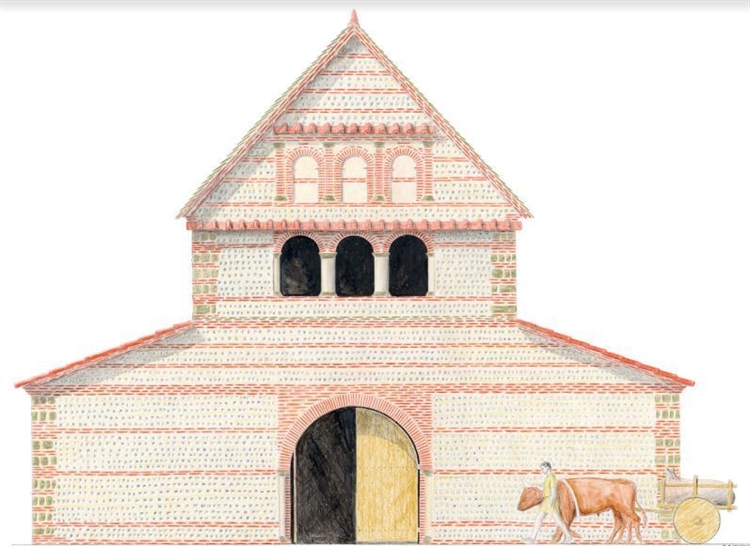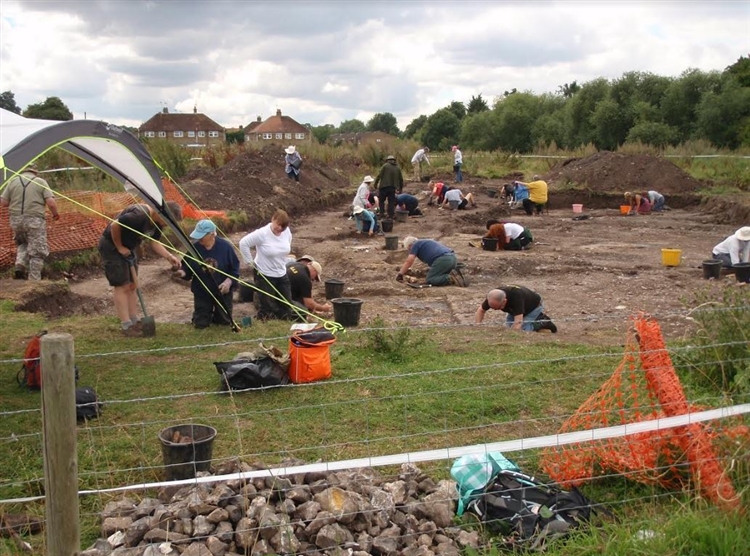Large Roman Building Uncovered in England
Archeologists celebrate the scale of a 150-ft-long, uncovered Roman building in Faversham.
The structure — the largest of its kind in the county — was uncovered by the Kent Archeological Field School (KAFS), which has now undertaken final excavation work on the Abbey Farm site off Abbey Fields.
Its location had been identified several years ago during a field walk from Canterbury to Rochester, but only now has the building realized its scale and complexity.

Dr Paul Wilkinson, of KAFS, says it would have had several uses.“What we found on stripping the topsoil off was a profound and amazing building – the largest Roman agricultural building found so far in Kent,” he said.“It is absolutely enormous at 150ft long by 50ft wide.
“It was divided into zones of activity, so the west end was a bath house with the furnace, and then as you moved to the east it turned more into the agricultural activity.

“The work has shown that the survival of the building was amazing, with stone walls, polished terracotta floors, underfloor hypocaust heating, all untouched, and covered by tons of ceramic roof tiles and the collapsed stone walls covering huge amounts of box flue tiles, which were used to direct hot air up the interior walls.
Painted plaster from these walls is mostly white but the hot sauna room on the north side of the building had plaster walls decorated in green, red and yellow panels.
“In the 5th century, it had been extended another 15 meters, with what could be an internal Christian altar.”

The building was investigated by more than 20 students, in what has been described as a “unique experience” by Dr Wilkinson.
The team’s next step will be to write a report, which will join documentation for other Roman villa estates in the historic environment record kept by Kent County Council.
“It’s an extremely exciting building,” Dr. Wilkinson added. “It was in the landscape for at least 400 years and had a variety of purposes.

“We are finding that because of investigation of the landscape taking place now prior to the building of housing estates that the Romans were very thick on the ground indeed, and this was almost unknown of 20 years ago.“We have found they had profound activity in the countryside and it was densely populated.”





